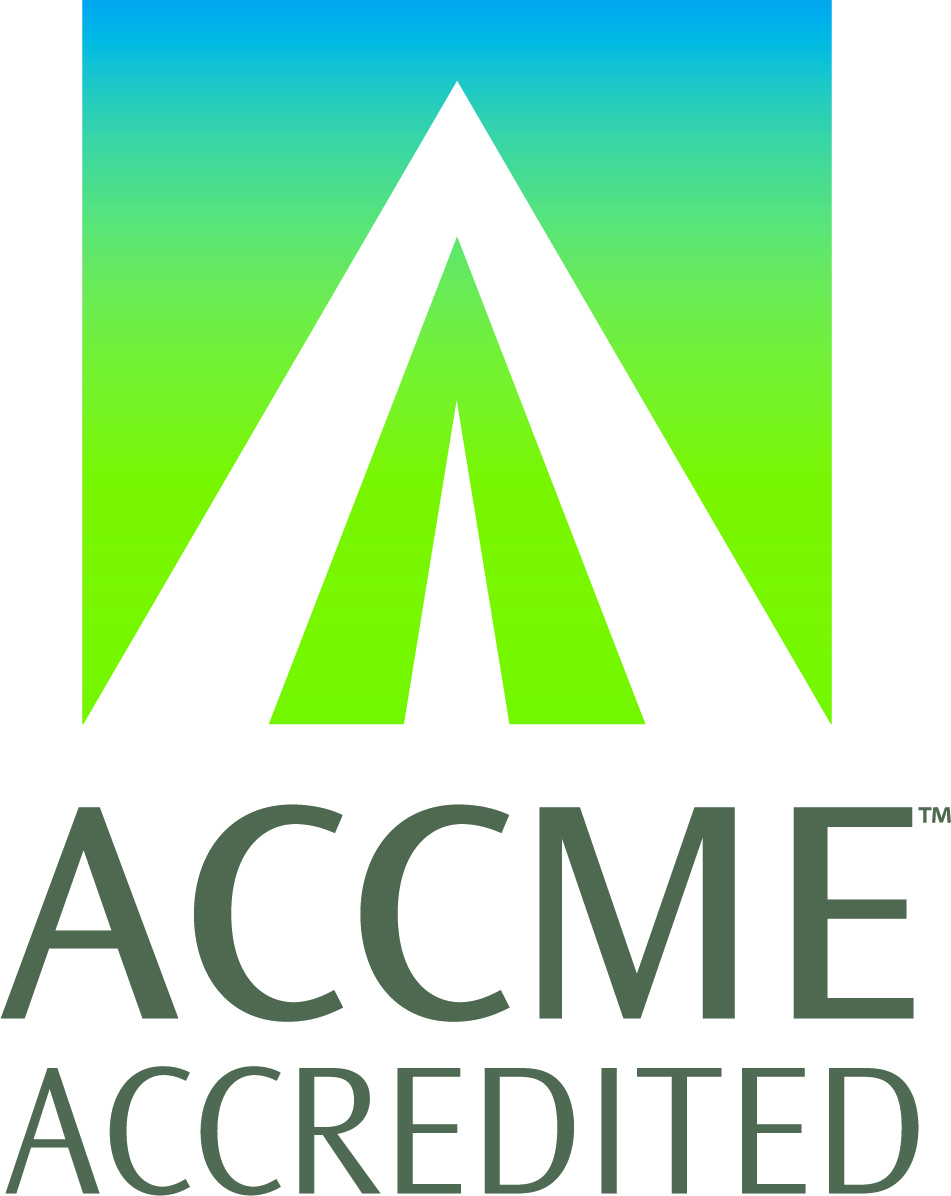
Minimal Invasive Treatment of Intraarticular Calcaneal Fractures

Accreditation Statement: The Orthopaedic Trauma Association (OTA) is accredited by the Accreditation Council for Continuing Medical Education (ACCME) to provide continuing medical education for physicians.
Credit Designation: OTA designates this enduring material for a maximum of 1 AMA PRA Category 1 Credits™. Physicians should claim only the credit commensurate with the extent of their participation in the activity.
Learning Objectives:
- Understand the importance of and key steps in surgical planning for percutaneous treatment of calcaneal fractures.
- Identify the essential characteristics of calcaneal depression-type fractures based on the Essex-Lopresti classification.
- Demonstrate familiarity with the principles of fracture reduction using distraction, raspatories, and bone tamps through stab incisions as part of a minimally invasive surgical technique for calcaneal fractures.
- Apply the technique for accurate placement of the sustentaculum screw.
Faculty
- Author: Christian Rodemund, MD
Original release date: 2/18/2025
Expiration date: 2/18/2028
Estimated time to complete activity: 7 minutes (part of a 1-hour package)
Statement of Need/Description/or Summary of Gap Analysis
Minimal invasive methods gained attention as promising alternatives to open procedures in the treatment of intraarticular calcaneal fractures. However, we see a considerable number of different techniques for reduction, osteosynthesis and after care. The development of standards for all steps in the treatment process is essential to establish evidence-based guidelines.
Instructional Format: This Orthopaedic Trauma Association Video CME activity consists of a video and a quiz.
Method of Participation: There are no fees for members to participate in this activity. Non-members must pay $10 per 0.5 credit hour. This package will be $20 total. To claim AMA PRA Category 1 Credit™ credit, participants must read the front matter, watch the video, and complete an evaluation.
Disclosures:
The Orthopaedic Trauma Association has implemented a policy to comply with the current Accreditation Council for Continuing Medical Education (ACCME) Standards for Integrity and Independence in Accredited Continuing Education requiring mitigation of all conflicts of interest. Faculty declaring a relevant commercial interest must be identified in the activity syllabus and/or program.
In accordance with disclosure policies of OTA and the ACCME, every effort has been made to ensure all CME activities are balanced, independent, objective, and scientifically rigorous. These policies include complying with ACCME’s Standards for Integrity and Independence in Accredited Continuing Education and mitigating all relevant conflicts of interest for all individuals in control of content.
All of the relevant financial relationships listed for these individuals have been mitigated
All disclosures are available on the "Disclosure" tab of the package.
Disclaimer: The information in this educational activity is provided for general medical education purposes only and is not meant to substitute for the independent medical judgment of a physician relative to diagnostic and treatment options of a specific patient's medical condition. The viewpoints expressed in this CME activity are those of the authors/faculty. They do not represent an endorsement by the OTA. In no event will the OTA be liable for any decision made or action taken in reliance upon the information provided through this CME activity.
Commercial Support: There is no commercial support for this activity

